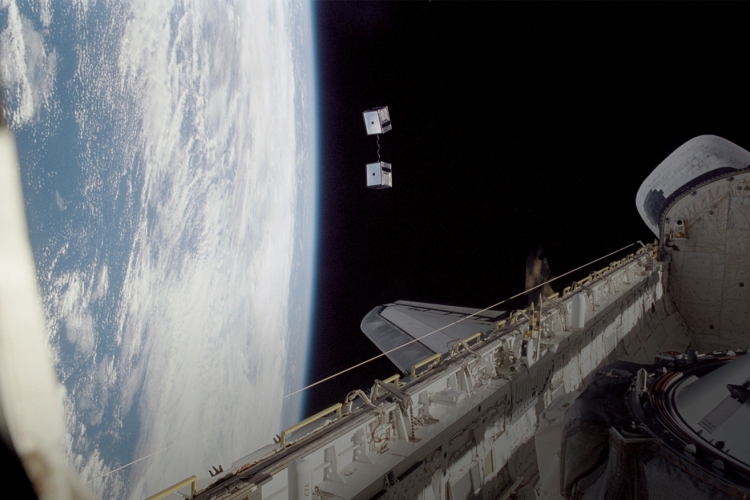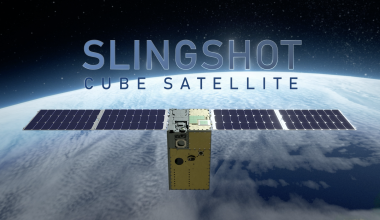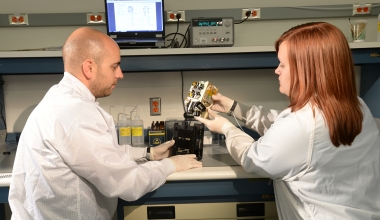
Meet the Aerospace CubeSat Fleet
The Aerospace Corporation has been a pioneer in the design, construction, and flight of ultrasmall satellites. Learn about our past and future work.
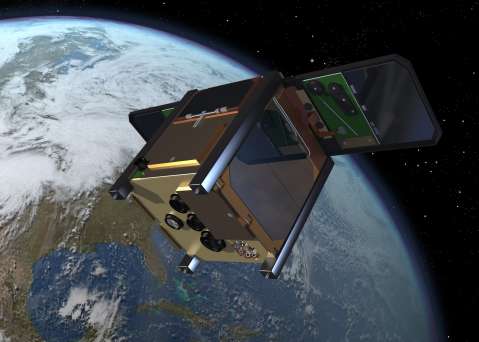
Aerospace’s CubeSat Milestones
The Aerospace Corporation’s AeroCube program demonstrates the value of continuous development: each flight is an opportunity to identify improvements for the future.
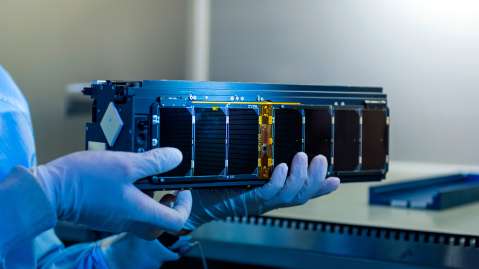
A Brief History of AeroCubes
Through its AeroCube program, The Aerospace Corporation builds on its rich heritage and continues pushing the state of the art as a leading pioneer in the CubeSat community.
Slingshot Platform Fast-Tracks Space Systems Using Modularity and Open Standards
Aerospace's Slingshot looks to advance on-orbit experiments using modular and autonomous technologies on next-generation satellite systems.
DiskSat: Aerospace is Redefining the Future of Small Satellites
In response to growing interest in capable SmallSats, a team of engineers and scientists are thinking outside the (CubeSat) box with DiskSat, a new circular satellite design.

xLab: Turning Ideas to Reality
Aerospace's xLab equips our technical experts with a state-of-the-art facility and equipment, enabling them to collaborate on building innovative prototypes and instruments that advance space technology. Prototyping is nothing new for Aerospace, which has developed space science instruments and nano satellites, such as AeroCubes, for many years now and continues to do so today.

Who’s Who in Space? Resolving CubeSat Confusion With Identification and Tracking
The Aerospace Corporation convened a two-day workshop to discuss identifying and tracking the growing number of CubeSats launched into orbit.

